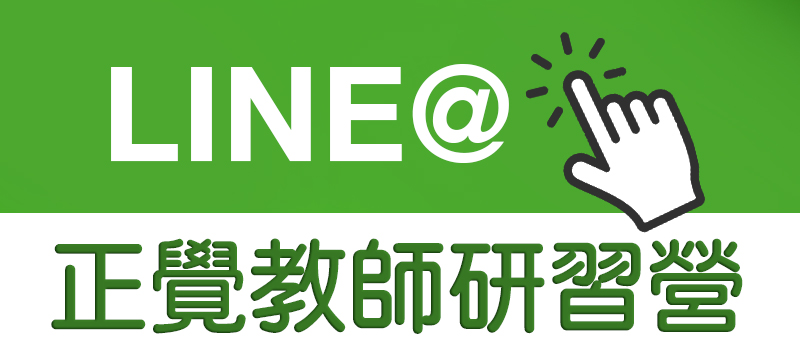Published:2011/06/24 16:30
( By Lin Yuyue of the True Heart News Interviewing team in Taipei)Recently, Dawa Tsering, Director of the Religious Foundation of His Holiness the Dalai Lama, in an interview with BCC News Radio reporter Huang Yuejiao, indicated that the copulation practice did exist in Hindu Buddhism. During the Tang Dynasty, the translation work of Tibetan tantras was excluded because of the Confucian ethics. These tantras have been passed down from Tibet and have been part of Buddhism as a whole, not solely belong to Tibetan Buddhism. The interviewer took this issue to Zhang Gongpu, CEO of the True Enlightenment Education Foundation.
CEO Zhang explains that the translation of Buddhist scriptures has nothing to do with the Confucian ethics. This is just a typical trick that Tibetan Tantrism has been utilizing as always to divert attention and to distort the historical facts. This should not be taken as authoritative. If the Confucian ethics was taken into consideration, the time period would have to be after the Sung and Ming Dynasties. In actuality, before the Sui and Tang Dynasties, China had gone through the Wu Hu chaos and a long period of amalgamation of various warring states. The resulting era unexpectedly opened up to free thoughts and flourished with ideologies. At that time, from China to the Eastern seas, or to the Western Regions (Xiyu) and as far as India, pilgrims for Buddhist scriptures or propagators of the Buddha dharma were constantly tracking along the roads. Monks Xuanzang, Yijing, Bodhiruci and Jianzhen were all well-known examples. The whole nation even gathered all its financial, human and material resources to carry out translations of Buddhist scriptures. Many translation institutes were established in Chang'an at various locations, including Hongfu Monastery, Da Ci'en Monastery, Jicui Palace, Xi Ming Monastery and Yuhua Temple. Xuanzang was in charge of all these institutes. Buddhism began to flourish since then. As a result, patriarchs of various sects achieved brilliant accomplishment through the true Buddhist cultivation in all generations. All of these are clearly recorded in history, and cannot be vilified by Tibetan Tantrism at will.
CEO Zhang further indicates that even orthodox Buddhism was brought into Tibet by Princess Wencheng in 641 AD, when the Emperor Taizong of Tang finally agreed to the Tibetan Empire King Songtsän Gampo's marriage request to Princess Wencheng. At that time, Buddhism had flourished in the Tang Dynasty and yet Tibet was devoid of the Buddha dharma. Princess Wencheng was a pious Buddhist. She brought with her stupas, sutras and the images of Buddha to Tibet. She was determined to build a temple to spread Buddhism, hence, the Jokhang Temple was built. When the temple was complete, Princess Wencheng and King Songtsän Gampo planted willow trees together outside the temple gate. The trees later became the famous “Tang willow.” This was over a hundred years earlier than the establishment of Tibetan Tantric Buddhism, around 770 AD, when the Tibetan Empire King Trisong Detsän invited the founder Lotus Born to Tibet. This solid historical fact not only shows that Tibetan Tantric Buddhism has no authority to criticize Chinese Buddhist inheritance, but it also provides indirect evidence that the doctrine of later Tibetan Buddhism derived from Tantrism of ancient India. Their doctrines were under influences of later period Hinduism and many other non-Buddhists practices. It was then that Tibetan Buddhism had deteriorated and became pseudo Buddhism.
Finally, CEO Zhang also makes a point that the Buddha dharma is simply the Buddha dharma. None of the “Confucian ethics” or the “Tibetan viewpoints” that Dawa Tsering brought up is relevant here. The so-called highest tantras were all fabricated by non-Buddhists who had infiltrated into Buddhism in the later period. These were not scriptures by Buddhas or Bodhisattvas, merely compositions compiled up by tantric gurus collectively. The contents were just out of tune and ridiculous. After the tantricfied counterfeit buddhism transmitted into Tibet, many tantric gurus even compiled more tantras. They first buried these tantras under a pile of rocks for several years, and then pretended to be told by buddhas and bodhisattvas that there were tantras hidden under a pile of rocks somewhere. Therefore, they assigned a few people to dig them out, which then became the sacred tantras. In fact, they were invented by the tantric gurus who were just ordinary mortals. Most certainly, the contents were entirely irrelevant to the doctrines of Buddhist Sutras passed down from Buddha Sakyamuni. These tantras are deviated to such an extent that the doctrines are totally against the Buddhist ones. Every one must be aware of this fact.( Reported by Lin Yuyue ) 20110624
Editor's Note:
This article is an English version of the Chinese edition published on January 30, 2011


